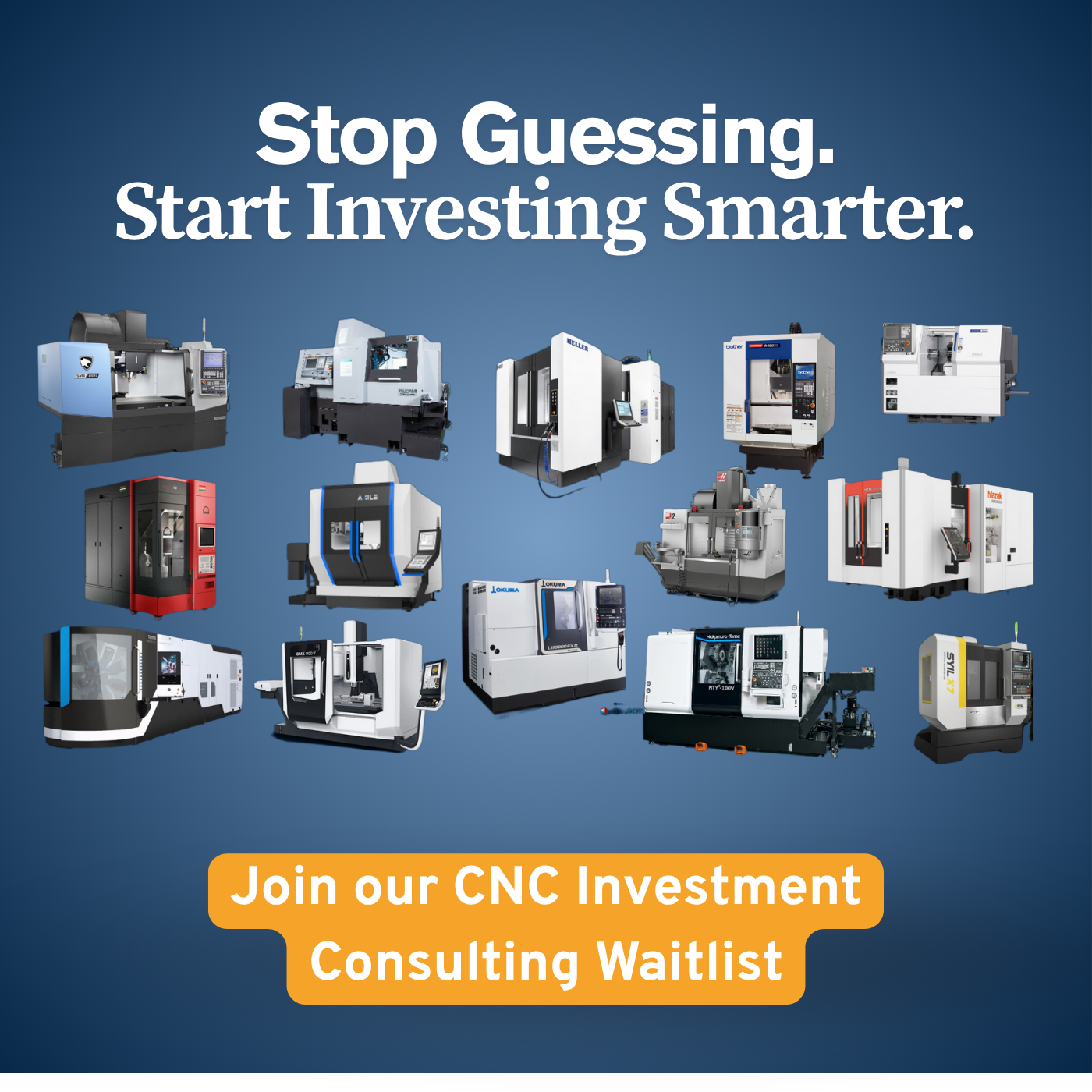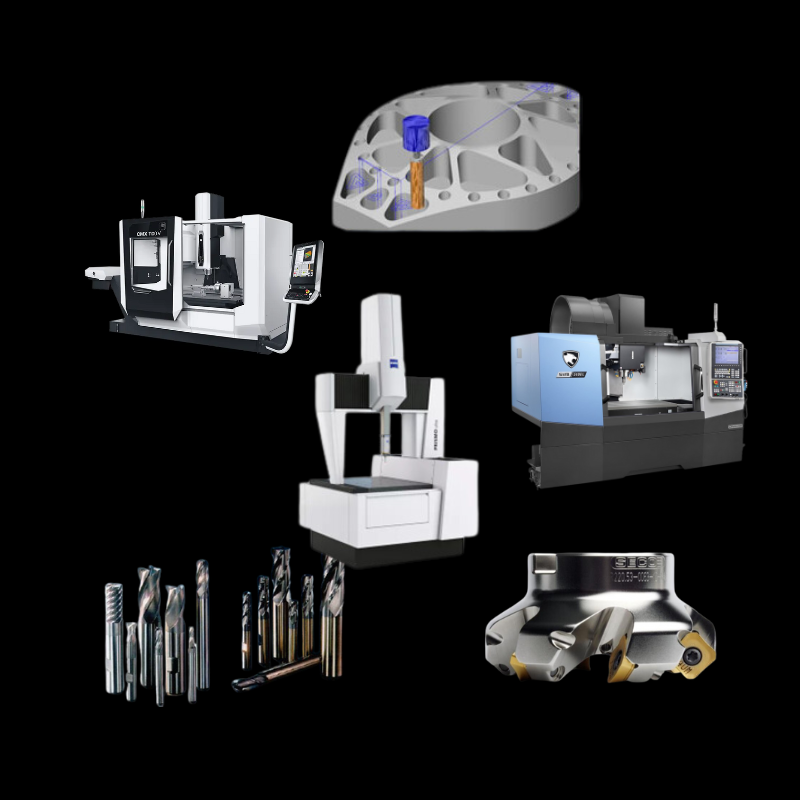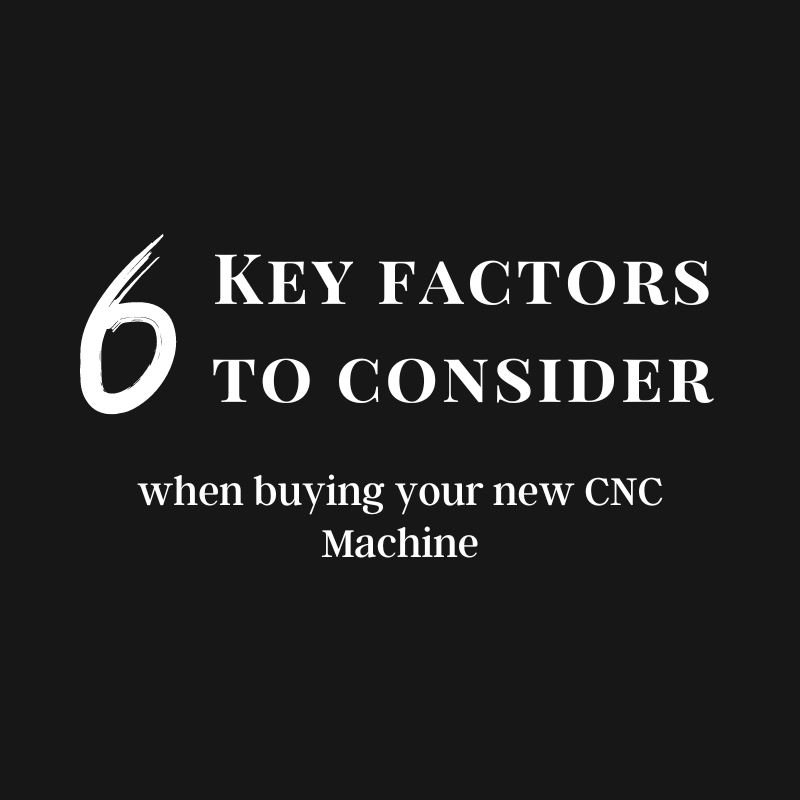Setting up a new CNC machine or relocating to a new space requires thoughtful planning, especially in terms of shop layout. This guide is tailored for both new machine shop owners and existing CNC business owners facing a move. We'll delve into the crucial steps and considerations to ensure your space is optimized for functionality, efficiency, and safety before your new CNC equipment arrives.
When preparing for a new CNC machine in your shop, consider these key factors: sufficient space for machine operation and maintenance, efficient workflow layout, electrical and ventilation requirements, safety protocols, storage solutions for tools and materials, noise reduction strategies, ergonomic considerations for operators, and future expansion possibilities. Planning with these factors in mind ensures a smooth integration of new equipment and maintains an efficient, safe working environment.

Effective space planning
Effective space planning goes beyond current needs and looks towards future growth. While starting small is practical, many shop owners find they outgrow their initial setup quickly. Therefore, when choosing your space, consider not only the number and size of machines currently needed but also potential future expansions.
Consider the following:
- Machine Dimensions and Operating Space: Ensure there's enough room around each machine for safe operation and maintenance. Include additional space for tool changes and material handling.
- Workflow Efficiency: Implementing lean methodology can significantly enhance workflow efficiency. Arrange machines in a way that streamlines the workflow. This might mean for example placing related equipment close to each other to minimize movement of materials.
- Future Expansion: Always leave room for potential future equipment and expansions. It's more cost-effective to plan for this now than to reorganize later.
Proper infrastructure
- Electrical Requirements: Ensure your shop has the necessary power supply for new equipment. This includes checking voltage and amperage requirements.
- Ventilation and Dust Collection: CNC machines can generate significant heat and dust. Implement a robust ventilation system and dust collection to maintain a clean and safe environment.
Safety and operator comfort
- Safety Zones and Signs: Mark safety zones around each machine. Use clear signs to indicate potential hazards. Prioritize ergonomics to make it easier for operators to move parts and work comfortably, enhancing safety and efficiency.
- Ergonomic Design: Arrange the layout to reduce strain on operators. This includes adjustable workstations and easy access to frequently used tools.
Efficient storage solutions save time and space:
- Tool Storage: Organize tools close to where they are used. Consider wall-mounted racks or mobile tool carts.
- Material Handling: Invest in equipment like pallet jacks or hoists to move heavy materials safely and efficiently.
Maintaining a comfortable working environment is essential:
- Noise Reduction: Use sound-dampening materials and machine enclosures to reduce noise levels.
- Comfortable Work Environment: Ensure adequate lighting and temperature control for operator comfort. Consider creating a small training and meeting room for employees to enhance engagement and safety.
Always keep an eye on the future:
- Adaptability: Design your layout so it can be easily adapted for new machines or processes.
- Stay Informed: Keep up with industry trends and technological advancements to future-proof your shop.
A well-planned machine shop layout is important for the efficiency, safety, and growth of your CNC business. By considering space requirements, electrical and ventilation needs, safety, ergonomics, storage, noise reduction, and future expansion, you’re setting up your shop for success. Remember, the time and thought invested in planning your layout before your new CNC machine arrives will pay off in smoother operations and a more productive work environment.
This strategic approach ensures that when your new CNC machine arrives, your shop is not only ready to accommodate it but is also primed for optimal performance and growth.




